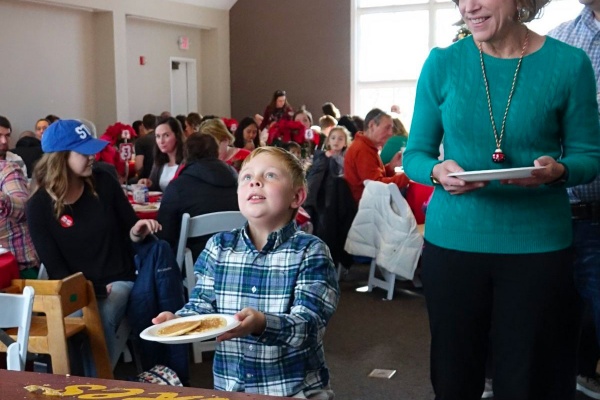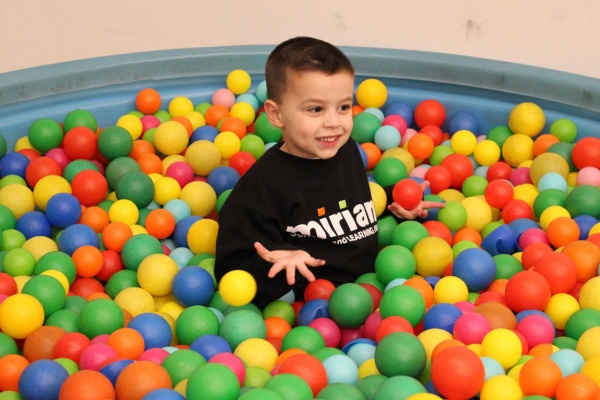
My Brain at 40 versus My Child's Brain Before 20
My brain is on a downhill slope. The reason? 
The blame lies in the deterioration of the insulation on our nerve fibers. The key word (remember it while you still can, you twenty- and thirty-somethings!) is myelin. It’s the speed-boosting insulation that surrounds our nerve fibers, kind of like the plastic insulation that keeps electricity from leaking out of wires. According to Discover magazine’s March issue, the average 20-year-old has about 100,000 miles of myelin-covered fibers in her brain. After a peak around age 39, the miles start rolling back. Bummer.
Myelin is also a key word among scientists who study infants and toddlers. This is when myelin is being formed in the brain. You can thank (or blame) your parents for giving you a good healthy coating to start with – your brain’s structure is determined partly by genetics, partly by environment. For example, this is why it’s so important that babies get plenty of fat from breast milk or formula and continue to drink whole milk until age 2. Myelin is a fatty coating.
Wouldn’t you know it, I’m 40 and losing fat in all the wrong places!
Now that it’s too late for me, I’m becoming more and more fascinated by brain development. The critical period for influencing it is infancy, because that’s when the brain is most impressionable. (There’s a great Q&A that explains this in more detail at the homepage of an organization called Zero to Three).
However, the teen years also mark a fascinating period. As we all know, teens do risky things (some would say stupid) even when they should have the information to make good decisions. That sameMarch issue of Discover explains why – it may be that teens’ brains have an amplified system of rewards for reaching goals. Because they feel the rewards more, it’s harder for them to back away. And as a double whammy, their brain’s impulse control isn’t as developed as it will be when they finally get to their 20s.
Essentially, they have the knowledge to play it safe but their brains are pushing them to be daredevils.
This knowledge will be helpful to have about six years from now, when my oldest son becomes a teenager. Maybe that will be my strategy … confuse him with neuroscience when he starts going on about how I’m the meanest mom ever. Oh, wait. He already does that. And if he were to get wind of my myelin depletion, it would just give him extra ammunition.
By Amy De La Hunt, Health Blogger for SmartParenting

Amy De La Hunt is a journalist and editor who lives in the St. Louis metro area and works across the country as a writer, copy editor, project manager and editorial consultant on everything from fiction books to monthly magazines to blog posts. When she's not chauffeuring her teenage sons to activities, Amy is an enthusiastic amateur cook, landscaper, Latin dancer and traveler. Follow Amy on Instagram @amy_in_words





















